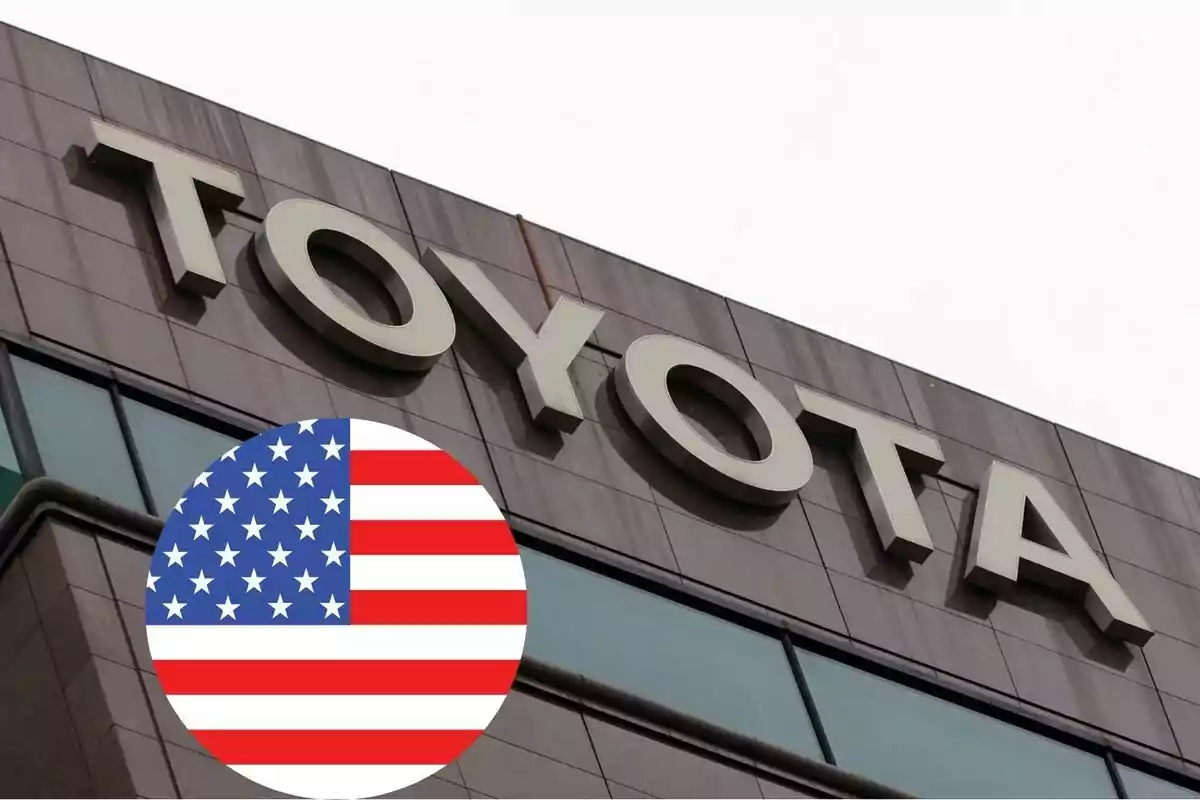For years, the automotive industry has bet everything on the electric engine. Brands, governments, and consumers have assumed it as the inevitable path. However, that certainty might be changing.
Toyota, always alert to new technologies, is now observing an unexpected development. It's a Chinese proposal that completely breaks the mold established until now.

The future is not always plugged in
Electrification has been a clear response to the emissions problem. However, not every corner of the planet can adapt to that model, and not everyone can afford an electric car. That's where a radical idea comes in: an engine powered by ammonia (amoníaco): it doesn't need batteries, plugs, or charging infrastructure.
Just a tank and a chemical compound already used in other sectors. This new engine has been created by GAC, a Chinese state-owned company. The prototype features a 2.0-liter engine and 161 horsepower, and its message is direct: another kind of mobility is possible.
Alternatives that weren't on the map
The use of ammonia (amoníaco) as fuel in automobiles sounds strange, but the idea makes sense. It's already used in ships and freight transport, sectors where electrification hasn't been viable. According to data from the manufacturer itself, this engine reduces carbon emissions by up to 90%.

All this without resorting to complex electrical systems or expensive batteries. That makes it an interesting solution for rural areas or developing countries. Places where charging stations aren't a reality yet.
Clear advantages, but also challenges
Ammonia (amoníaco) isn't free from problems; it's a toxic compound and has lower energy density than diesel. Therefore, it must be handled with caution and still doesn't match traditional power. Despite that, it could be key in sectors where electric options still don't compete, especially on long routes or large vessels.
Toyota, always exploring new paths, has already shown interest. This move doesn't mean abandoning the electric car, but it does suggest it won't be the only way toward decarbonization. There are other options in play, like hydrogen... or ammonia (amoníaco).
Think differently, innovate beyond
The most relevant aspect of this innovation isn't just the engine; it's the change in approach. GAC has reminded the world that moving forward also means looking outside the established script. Toyota understands this message, and in the United States, where electric car adoption still faces obstacles, a proposal like this could be very well received.
We don't know if these engines will reach mass production. However, the fact that they exist changes the conversation. Because, perhaps, the future of transportation isn't just plugged in.

